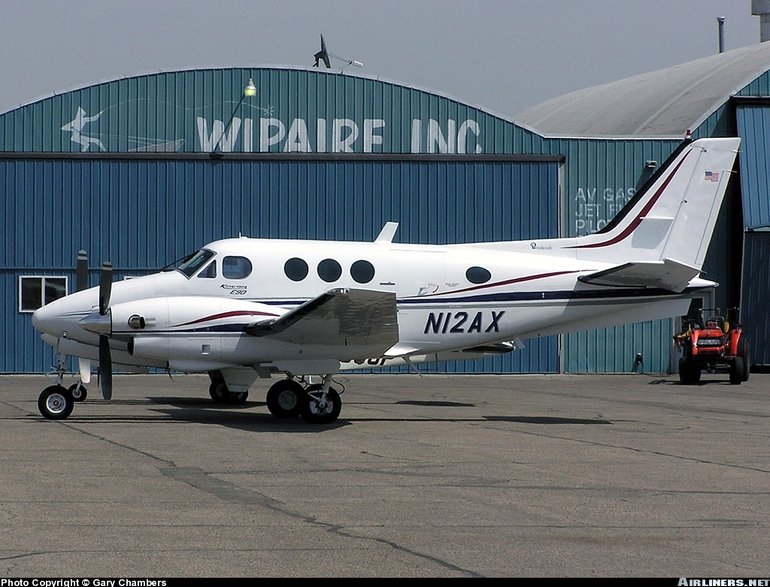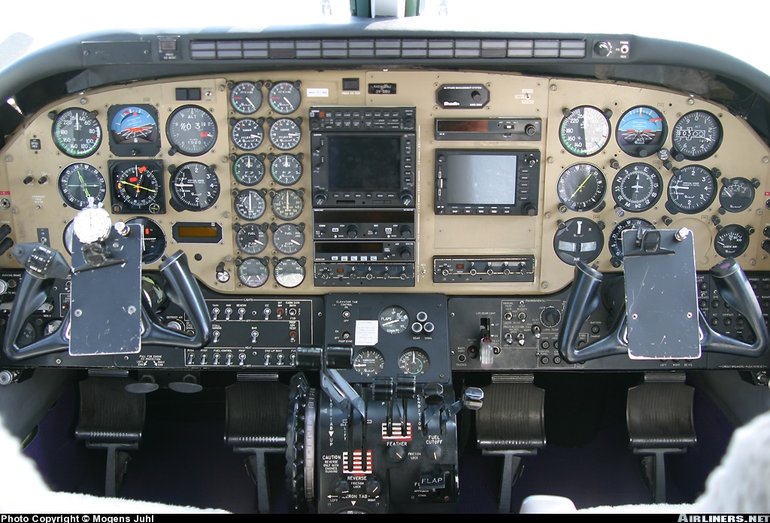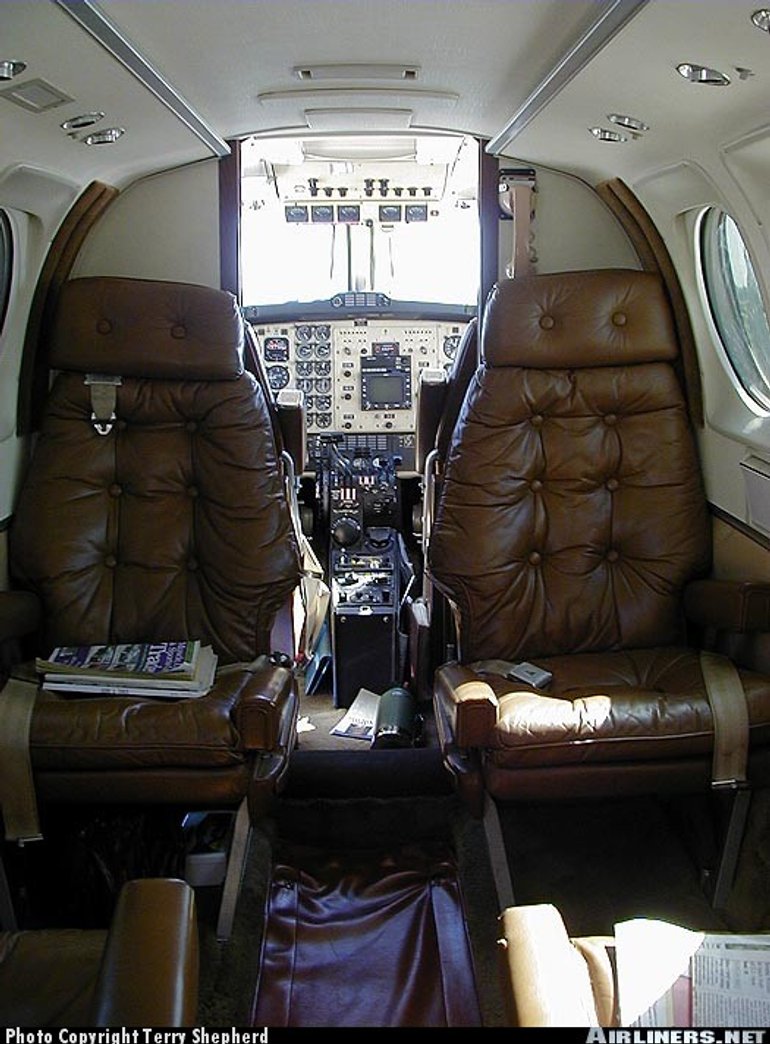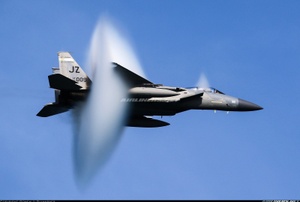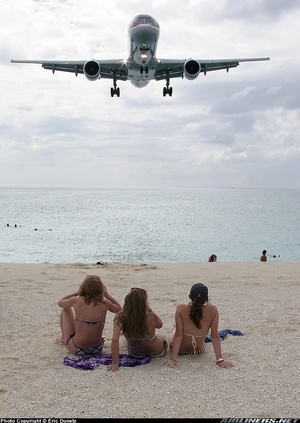Raytheon 90/100 King Air
Details
Country of Origin
United States of America
Type
Twin turboprop corporate and utility transport
History
The Beech Model 90 King Air was the first model in the largest and most successful family of corporate turboprop twins yet built.
The King Air began life as a turboprop development of the Queen Air designed to meet a US Army requirement for a staff/utility transport. A prototype PT6 powered Queen Air Model 65-80 (later 65-90T) began test flying in 1963 and the type was subsequently ordered by the US Army in unpressurised form as the U-21A.
The civil equivalent, the Model 90 King Air, introduced pressurisation and first flew on January 20 1964. Deliveries of production civil aircraft began in late 1964.
Development resulted in several civil variants, including the A90 and B90 with PT6A-20 engines; the C90 with PT6A-21s; the E90 with more powerful PT6A-34Bs; and the F90 which introduced the T-tail of the 200 (described separately), four blade props and other mods. The less expensive C90SE Special Edition was released during 1994, but is no longer offered. The current C90B has been in production since 1991.
The latest variant is the C90B Jaguar Special Edition. Announced in January 1998 it features the Jaguar car company's green and gold colours including the famous leaping cat on the tail and a Connolly leather interior with walnut and boxwood cabinets.
In February 1981, Beech became a subsidiary company of Raytheon. In September 1994, Raytheon merged Beech and Corporate Jets (builders of the Hawker 800/1000) into Raytheon Aircraft.
The King Air 100 series was announced in May 1969. Compared with the 90 series it was 1.27m (4ft 2in) longer, allowing greater seating capacity, and featured a reduced wing span and larger rudder. The A100 is a military version, while the B100 is powered by 535kW (715shp) Garrett TFE331s. Production of the 100 ceased in 1984.
Powerplants
90 - Two 373kW (500shp) PT6A-6 turboprops driving three blade constant speed Hartzell propellers.
B100 - Two 533kW (715shp) Garrett TPE331-6-252Bs driving three blade props.
C90B - Two 410kW (550shp) PT6A-21s driving four blade props.
Performance
90 - Max speed 450km/h (243kt), max cruising speed 435km/h (235kt). Initial rate of climb 1900ft/min. Range with reserves 2520km (1360nm).
B100 - Max speed 491km/h (265kt). Initial rate of climb 2140ft/min. Range at max cruising speed 2343km (1264nm), at economical cruising speed 2455km (1325nm).
C90B - Max cruising speed 457km/h (247kt). Range at economical cruising speed at 24,000ft 2375km (1282nm).
Weights
90 - Empty equipped 2412kg (5318lb), max takeoff 4218kg (9300lb).
B100 - Empty equipped 3212kg (7092lb), max takeoff 5352kg (11,800lb).
C90B - Empty 3040kg (6702lb), max takeoff 4580kg (10,100lb).
Dimensions
90 - Wing span 13.98m (45ft 11in), length 10.82m (35ft 6in), height 4.47m (14ft 8in). Wing area 25.9m2 (279.7sq ft).
B100 - Wing span 14.00m (45ft
11in), length 12.17m (39ft 11in), height 4.70m (15ft 5in). Wing area 26.0m2 (279.7sq ft).
C90B - Wing span 15.32m (50ft 3in), length 10.82m (35ft 6in), height 4.34m (14ft 3in). Wing area 27.3m2 (293.9sq ft).
Capacity
90 - Typical seating for six, max seating for eight.
100 - Six to eight in corporate configuration, or max seating for 13.
Production
Approx 1925 of all variants of the King Air 90 family built (including 226 military orders). Approx 350 King Air 100s built.
Related Links
Raytheon 90/100 King Air
The backbone of this section is from the The
International Directory of Civil Aircraft by Gerard Frawley
and used with permission. To get your own copy of the book
click here.
